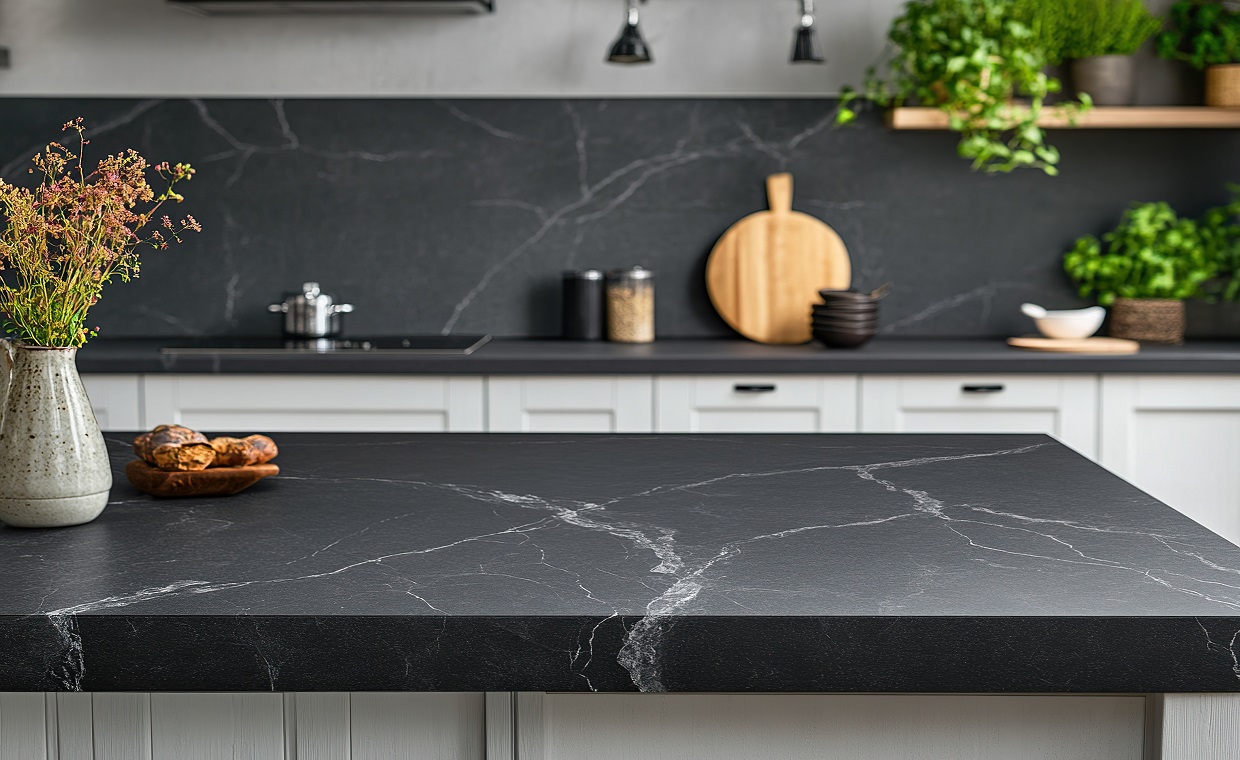
Architectural innovation is the sturdy cornerstone of our built environment, shaping skylines and influencing our lives. It is the silent symphony orchestrating concrete, glass, and steel into something more than mere structures: it creates habitats for human ambition.
Safeguarding these brainchildren of design is not an optional afterthought; instead, it is a vital step in ensuring that originality thrives in brick and mortar. So, let us explore strategies stout as girders to protect the integrity of your architectural concepts.
Tips for Safeguarding Your Architectural Innovations
1. Securing Intellectual Property Rights

Your ideas are gold in the realm of architecture, and like any precious metal, they demand safeguarding. One of the most effective shields is securing intellectual property rights. This legal fortification ensures that your unique structural concepts remain under your aegis.
Crucial to this defence is understanding how to register a patent in Canada, the US, or the country where your business operations are based. Patents confer exclusive rights and act as a deterrent to those who may attempt architectural plagiarism.
Begin with meticulous research, ensuring that your design is novel and non-obvious. Then, engage with an IP attorney who specializes in patents within the construction industry. They will navigate you through the intricate process of claims and drawings – a procedural blueprint leading to rights reserved solely for you.
2. Harnessing Confidentiality Agreements

Confidentiality agreements are your next line of defence based on the bedrock of intellectual property rights. Think of them as the non-disclosure fortifications essential when sharing your visionary plans with collaborators and potential partners.
Just as a thoughtful layout ensures a building’s privacy, so does a well-crafted confidentiality agreement safeguard the details of your innovations from premature disclosure. It binds parties to silence, turning shared secrets into whisperings within trusted walls. Much like quality materials in construction, an ounce of prevention here can save an immeasurable amount of remedy later on.
3. Implementing Rigorous Access Controls
And just as confidentiality agreements serve as silent guardians, rigorous access controls act as vigilant gatekeepers of your architectural innovations. Ensuring that only those with a legitimate need can view or alter your designs is as crucial as restricting entry to a construction site.
Ensuring that only those with a legitimate need can view or alter your designs is as crucial as restricting entry to a construction site. Employing robust, high-performance network switches, such as those that provide comprehensive security features, is essential in maintaining this integrity. These network switches, for instance, are pivotal in ensuring smooth and secure management of data flow within your digital architecture. They enable efficient handling of large volumes of data, facilitate seamless communication between devices, and protect sensitive design information from unauthorized access.
4. Establishing Strategic Partnerships

Another move that can offer an extra layer of defence is establishing strategic partnerships. The right collaborators bring more than just skill – they add a protective alliance to your architectural undertakings.
Seek out industry partners who respect the sanctity of innovation and are willing to actively participate in protecting it. This collaboration is the steel beam in a framework, offering mutual support beyond individual capabilities.
Your allies advance the project and become invested in its confidentiality and success. So, forge these relationships carefully, ensuring they’re built on trust as solid as reinforced concrete.
5. Cultivating A Culture of Integrity
Much like strategic partnerships, cultivating a culture of integrity within your team is equally critical. This internal ethos acts as the soundproofing against external noise and temptation.
Instil in your team a steadfast commitment to upholding the sanctity of your architectural visions. Much like a keystone holds an arch in place, a shared sense of ownership and pride in maintaining discretion can enforce an unspoken barrier against leaks.
By setting clear expectations and leading by example, you embed these values within the fabric of your organization. Consequently, every member becomes a custodian of the innovation, ensuring its security from the inside out.
6. Staying Updated with Technology

Lastly, staying abreast with the latest in security technology is vital for protecting your architectural innovations. Like regular maintenance ensures a building’s longevity, updating your digital tools can shield your designs from emerging threats.
Invest in state-of-the-art encryption for your files and communication channels. These are the electronic deadbolts that deter digital trespassers. Regularly scheduled updates and patches are to your cybersecurity. What inspections are to construction sites? These are preventative measures to catch vulnerabilities before they become problems.
Conclusion
Your architectural creations are more than the sum of their parts; they are the legacy of your ingenuity. Protecting them is not merely a technical necessity – it’s a professional imperative.
By weaving these practices into the fabric of your operations, you create an impenetrable tapestry that secures your work’s originality and value. Through this diligence, architectural innovations can stand the test of time, unscathed and authentically yours.
Image Courtesy – Image 2






























